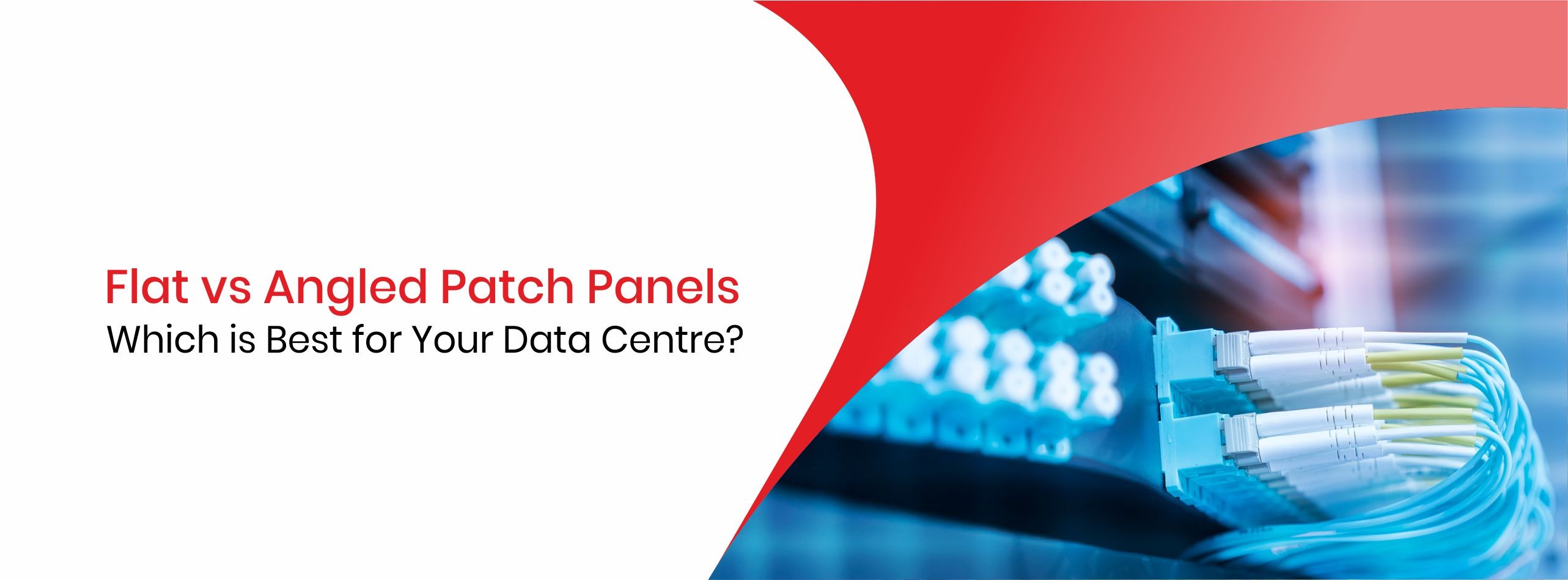Fill out your details and our executive will get in touch with you soon.










































































































































667a5b813d3cf.jpg)
As advancements in fibre optic technology continue to drive innovations in security and surveillance solutions, understanding the nuances of fibre connector construction becomes increasingly vital. In this article, we delve into the different polishing constructions of fibre connectors—APC, UPC, and PC—and their implications for return loss and performance.
Fibre Connectors and Return Loss
A fibre connector serves as a holder to align and secure a fibre for optimal light transmission when connecting to another fibre. One critical performance metric for fibre connectors is return loss, which measures the amount of light reflected to the source. Return loss is typically expressed as a negative value in decibels (dB), with higher numbers indicating less reflection and thus better performance.
PC and UPC Connectors: Flat Polishing
PC (Physical Contact) and UPC (Ultra Physical Contact) connectors feature a straight, flat polished end-face. This design ensures that when fibres are connected, any reflected light is directed straight back into the light source. While UPC connectors have a slightly more refined polish than PC connectors, both types primarily differ in the extent of surface smoothness and return loss values, with UPC connectors generally offering better performance.
APC Connectors: Angled Polishing
APC (Angled Physical Contact) connectors, in contrast, are polished at an 8-degree angle. This angled polishing plays a crucial role in minimizing return loss by directing reflected light into the fibre's cladding, where it is absorbed rather than returned to the source. The result is significantly reduced reflection and improved signal integrity, making APC connectors superior in terms of return loss compared to their flat-polished counterparts.
Applications and Benefits of APC Connectors
Given their superior performance, APC connectors are predominantly used in applications where signal quality is paramount. These include telecommunications, long-distance data transmission, FTTH (Fibre to the Home), and CCTV systems. The reduced return loss provided by APC connectors enhances the reliability and efficiency of these high-stakes applications.
Norden Communication's APC Solutions
Norden Communication offers a range of fibre optic adaptors, pigtails, and patch cords with APC polishing, which are extensively utilized in FTTH projects. Our products are designed to meet the highest standards of performance and reliability, ensuring seamless and efficient fibre optic connections. Key products include:
These APC solutions are integral to achieving optimal performance in fibre optic networks, reducing signal loss, and ensuring superior connectivity.
Conclusion
Understanding the differences in fibre connector polishing constructions—APC, UPC, and PC—is crucial for selecting the right components for your network. With APC connectors offering the highest return loss performance, they are the preferred choice for high-quality, reliable fibre optic connections. At Norden Communication, we are committed to providing top-tier APC products that support the demands of modern fibre optic networks.
Credits to Muhammed Hunaise K A, RCDD®, DCDC®, CDCP®, and CNCDP® for technical insights.

















